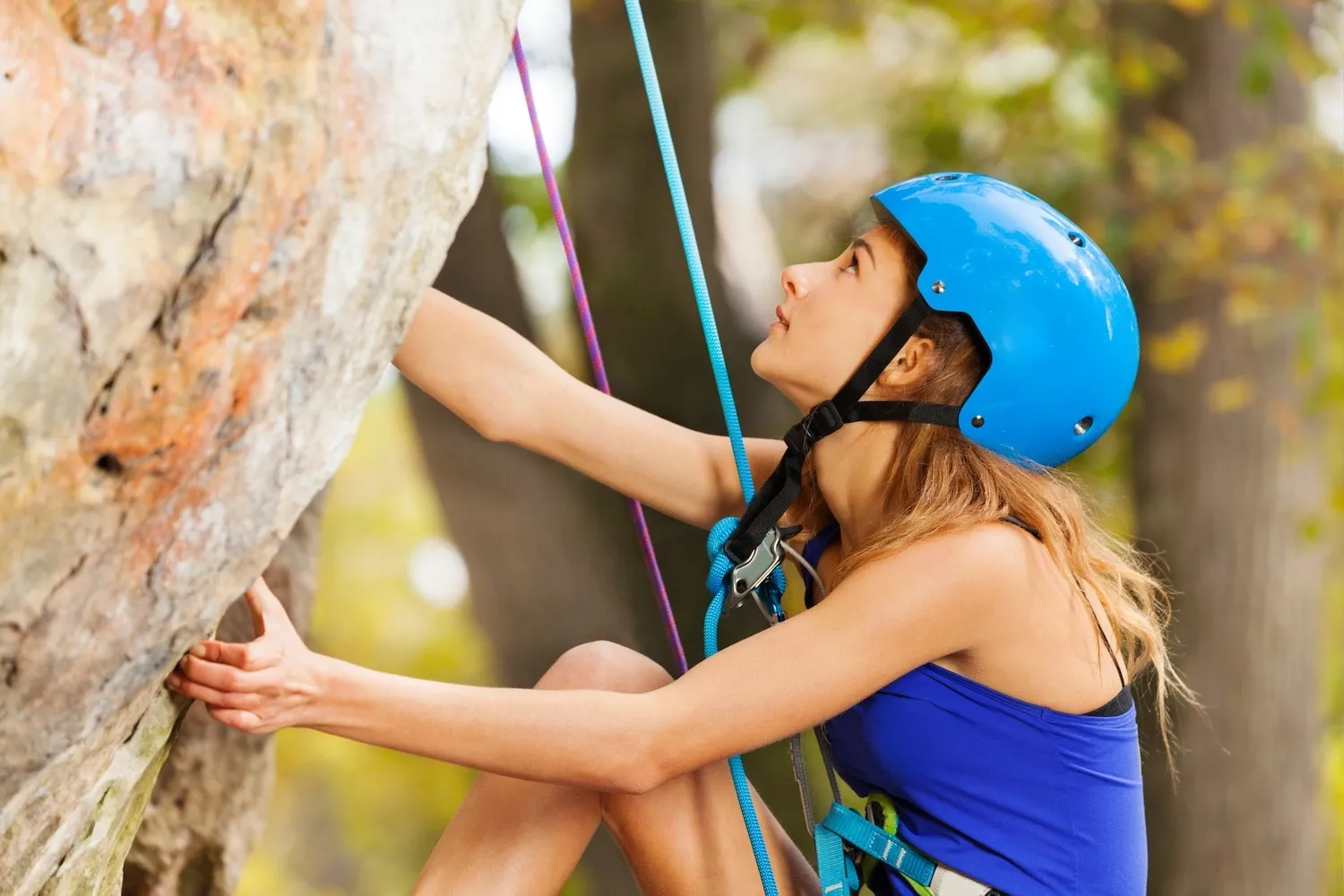Climbing in Arco: Where Outdoor Heritage Meets Alpine Scenery
Arco, a picturesque town at the northern tip of Lake Garda in northern Italy, is hailed as one of Europe’s premier climbing destinations. With limestone cliffs surrounding this historic locale, Arco has become a magnet for climbers of all levels. Here, you’ll find short, challenging sport routes, high multi-pitch walls, and a laid-back community that welcomes visitors year-round. Below, discover what makes Arco’s cliffs and culture so irresistible to climbers worldwide.
The Heart of the Climbing Scene
Arco has long been a hub for international climbing events, most famously the Rock Master Festival. During major competitions, elite athletes and fans from across the globe converge on this small town. Outside of event season, Arco remains lively with gear shops, cafés, and open-air climbing walls. Its medieval castle ruin perched on a limestone outcrop serves as a dramatic backdrop to the bustling streets below, adding a touch of historical charm to the modern outdoor vibe.
In the surrounding area, you’ll find no shortage of crags sporting well-bolted routes. Cliffs typically feature solid limestone with interesting pockets, tufas, and slabs. The variety is immense, allowing total beginners to tackle easy 5a pitches while experts push into 8a and beyond, often on steep, sustained faces. Locals advise exploring multiple sectors to grasp the full range of Arco’s climbing identity.
Iconic Crags and Must-Visit Sectors
While Arco’s rock scene is expansive, a few spots stand out:
Massone
Massone is arguably the most popular crag, known for its dense collection of bolted routes. You’ll encounter everything from short, bouldery climbs to longer, pumpy lines. Shaded sectors make it possible to climb even on hotter days, though it’s busiest in spring and autumn when conditions are ideal.
Nago
Located just north of Arco, Nago offers routes overlooking Lake Garda. The climbing tends toward mid-range grades, and the vistas can be mesmerizing, especially during golden-hour sessions. Some lines here require thoughtful footwork on slabs, contrasting with Arco’s more pockety style.
Baone
For those seeking easier or family-friendly terrain, Baone’s slabs provide less intimidating routes. The bolting is generally close, and the moderate inclines suit beginners or climbers wanting to practice technique on more forgiving walls. The area’s gentle approach is also appealing to those not eager for a steep trek before starting their session.
A Spectrum of Climbing Styles
Arco’s terrain is both varied and abundant. Single-pitch sport routes dominate the scene, but you’ll also find multi-pitch challenges. Some lines in the Sarca Valley, just a short drive away, offer ascents of 200–300 meters, delivering big-wall vibes without straying far from town comforts. Rappels can be lengthy, and route-finding occasionally requires a sharp eye, underscoring the area’s alpine flavor.
Bouldering is somewhat limited compared to the roped climbing, but dedicated crash-pad carriers may still find scattered blocks in nearby valleys. Deep-water solo (DWS) is not as prominent here as it might be in coastal regions, but Lake Garda’s mild microclimate offers possibilities for exploration if you’re willing to scout potential lines.
Courses, Gear Rentals, and Guided Adventures
Arco’s climbing infrastructure is well-developed. Shops in the town center rent gear—ropes, harnesses, quickdraws, helmets, and shoes—eliminating the need to lug everything from home. These outlets also sell guidebooks detailing crags, including topos and approach details. If you’re new to leading or multi-pitch climbs, consider enrolling in a local climbing course. Instructors cover safety basics, clipping technique, and advanced strategies like fall practice and overhang climbing.
Guided tours cater to both novices and seasoned climbers. By hiring a guide, you gain direct access to insider knowledge about less-crowded crags, route recommendations tailored to your level, and current bolt conditions. Guides often include safety briefings and rope management tips, especially beneficial on multi-pitch lines or if you’re transitioning from indoor gyms to real rock.
Arco’s Outdoor Lifestyle: Markets, Cafés, and Events
What sets Arco apart from other climbing destinations is its blend of sports culture and Italian ambiance. The town hosts weekly open-air markets, where you can pick up fresh produce, local olive oil, and tasty cheeses—ideal for a post-climb feast. Cafés line the streets, offering espresso, aperitifs, and gelato that climbers indulge in after a day on the wall.
The annual Rock Master Festival each summer underscores Arco’s international pedigree. Spectators cheer on top athletes in a stadium-like setting. Even if you miss the festival dates, the climbing shops, gear expos, and the general sense of sporting camaraderie persist year-round.
Best Seasons and Weather Tips
Spring and autumn remain the most popular climbing seasons, with temperatures ranging from 15°C to 25°C. Crisp mornings and pleasant afternoons allow for extended sessions. Summer can be hot and crowded, but early starts and chasing shade can mitigate the heat. Some crags feature breezes from Lake Garda, offering relief on scorching days. Winter climbing is possible in sunnier sectors, though shorter daylight hours and occasional rainfall might limit options for extended multi-pitch routes.
It’s advisable to check local forecasts and consult with shop owners about route conditions. Heavy rains can temporarily degrade limestone or create slippery surfaces. Also, keep an eye on potential re-bolting projects, as locals regularly maintain and upgrade the area’s routes.
Safety, Local Etiquette, and Sustainable Climbing
Arco’s routes are generally well-protected, but you should still remain cautious. Wear a helmet, especially on longer climbs where rockfall can be an issue. Check bolt spacing and anchor points, particularly on older lines. If uncertain, consult local climbing communities—Arco’s shops or social media groups—to confirm the condition of specific crags.
Sticking to established approach trails helps prevent erosion, while carrying out trash ensures the environment remains pristine for future climbers. Bolts and anchors are funded partly through local clubs and donations, so consider contributing or purchasing guidebooks from area shops, supporting the community that maintains this climbing paradise.
























